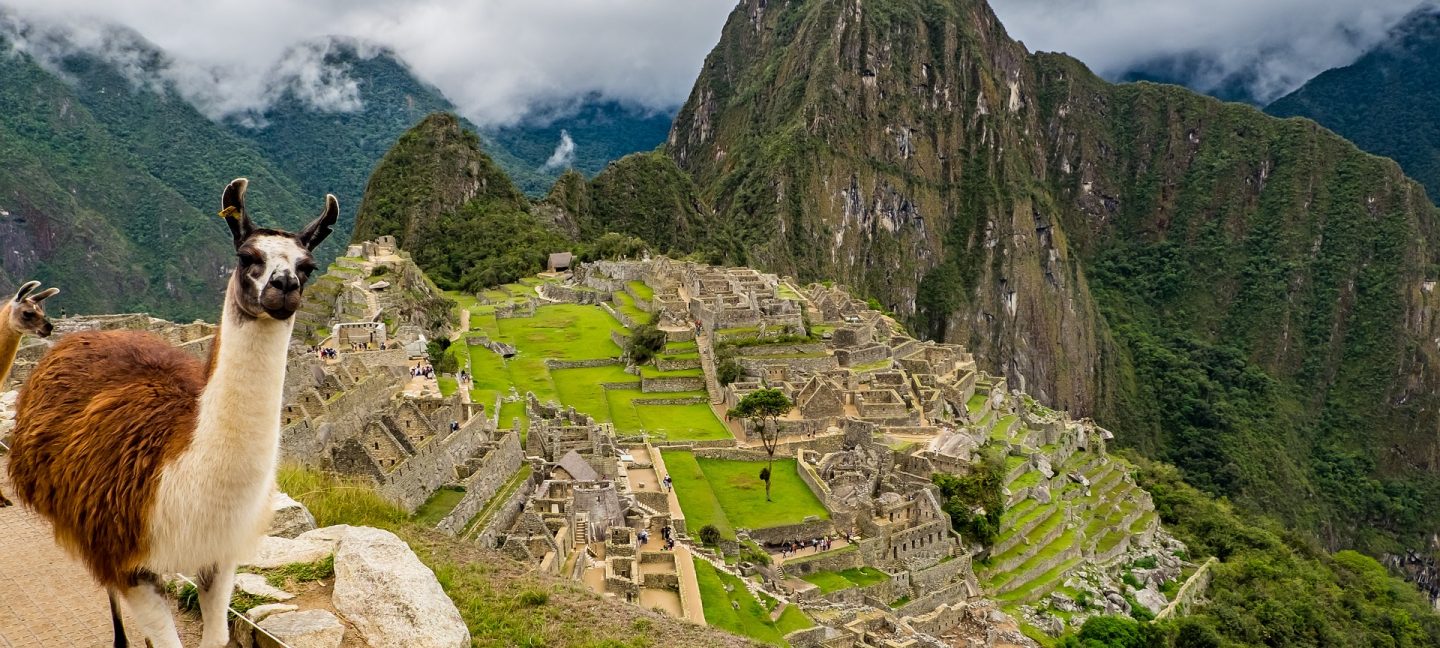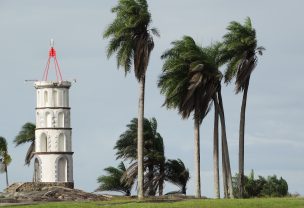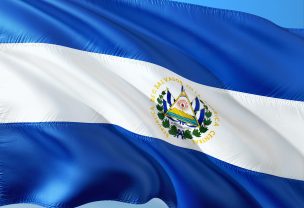Quick facts
- Full name: Republic of Peru
- Capital: Lima
- Largest city: Lima
- Official language: Spanish
- Area: 1,285,216 km2
- Population: 32,168,697
- Currency: Sol (PEN) 1 (PEN) = 100 centimos
- Foreign tourists: 3.7 million (2016)
- Travel risks and hazards: Earthquakes, landslides, active volcanoes, violent and petty crime.
Peru is located in the heart of one the Inca empire. There are many famous pre-Columbian sites in the country. Some of the most famous include Machu Picchu and Huayna Picchu. Not only the Incas left their story but many old Spanish colonial buildings spread throughout the country. Although Peru has so many incredible and unique sites, there are hazards that the visitors should beware of.
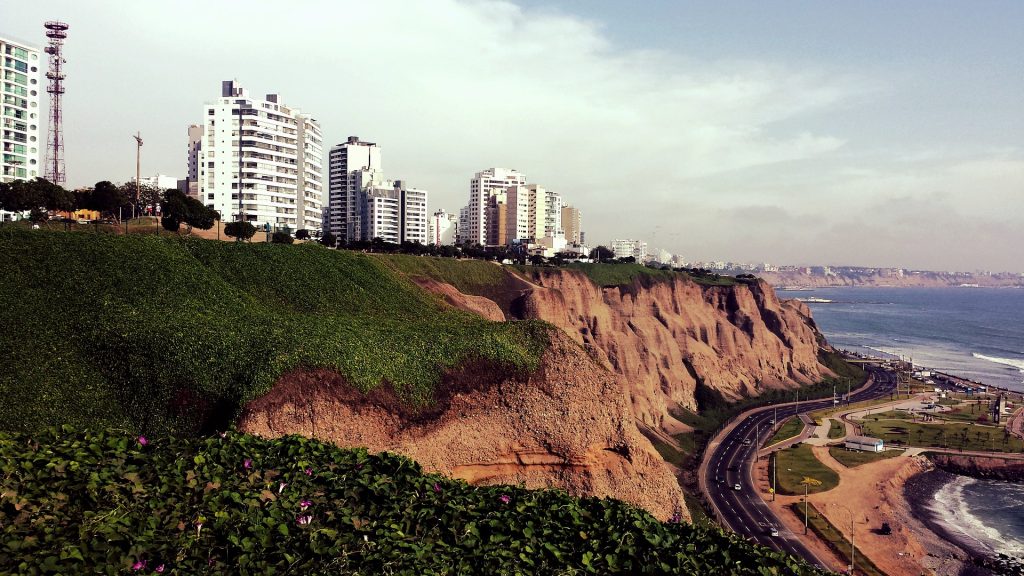
Traveling info
All tourists visiting Peru are required to have a valid passport and a return or a continuation ticket in order to enter the country. Certain nationals do not require a visa in order to enter the country whilst others are required to obtain the document prior to entering the country. Tourists that choose to drive a car in Peru will be required to have both the driving permit card and the paper. If the stay exceeds 30 days an international driving permit will be required. Such a document can only be obtained in the tourists country of origin.
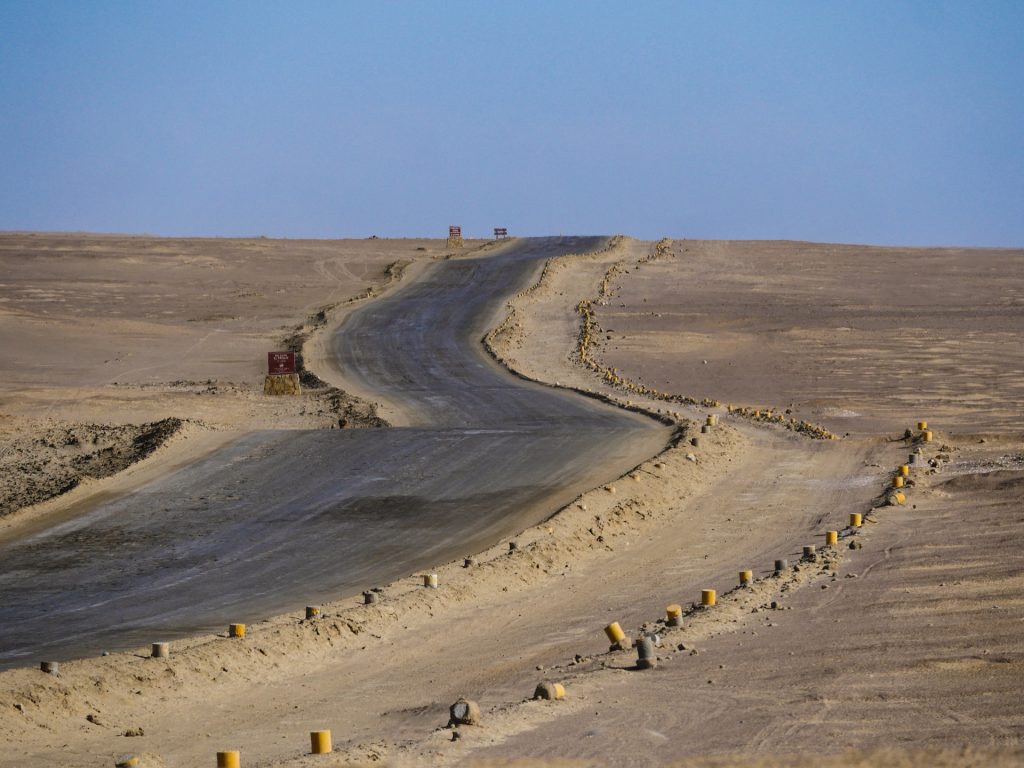
Traveling hazards
Driving in Peru is not necessarily safe. The mortality rate on the roads is 25 times higher than that in the UK. Road conditions vary greatly. Certain highways are well maintained however most mountainous roads are very dangerous with few guard rails, poor paving, no illumination, signage or marking of any sort making is very easy to slip off of the road. Drivers on these roads are also vulnerable to landslides and falling rocks. Certain roads stretch over great distances without any nearby settlement or forms of help. Caravan traveling is advised over great distances. Before making long journeys it is best to supply with indispensable goods such as water and food, and in certain cases spare tires, parts, and fuel. Public communication is widely available however buses are notorious for crime, where passengers are robbed, often involving firearms.
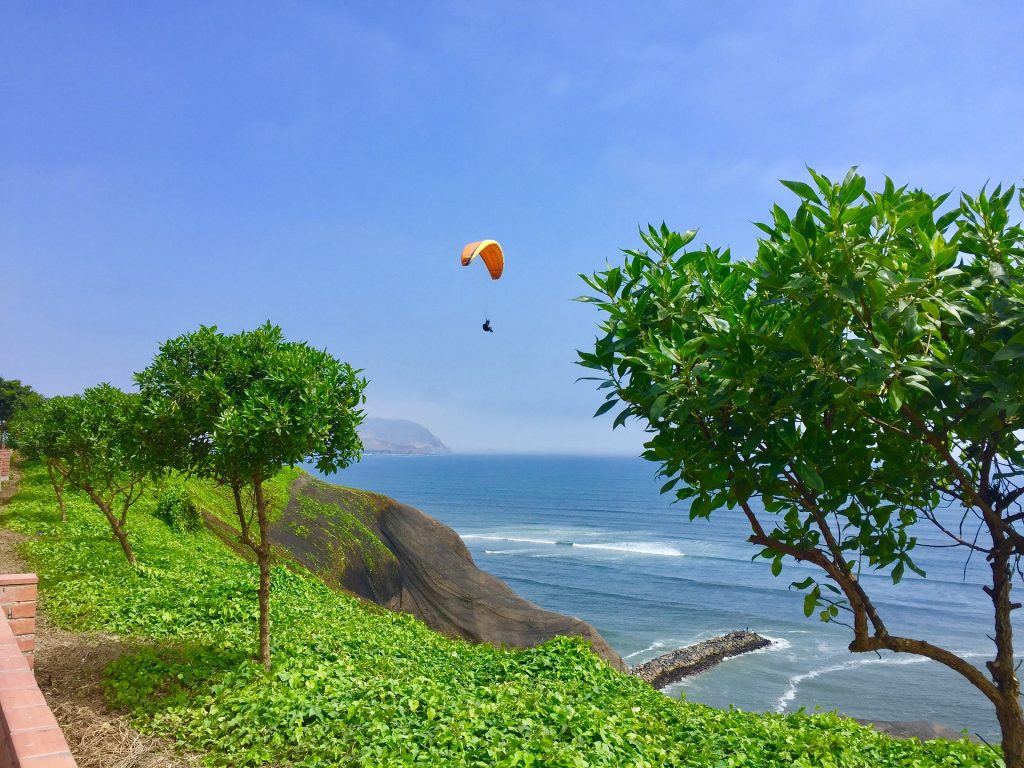
Environmental hazards
It is worth mentioning that probably the most Peru related animal is the Peruvian llama, these, however, are not dangerous for humans. There are three mammals that are capable of fatally wounding humans. First of them is the Spectacled bear. These animals inhabit the mountainous region of Peru. Although large these animals usually react in a docile manner when encountering humans. However, a mother with cubs might be very aggressive. Jaguars and cougars inhabit the Peruvian jungle. These animals have an overlapping territory meaning either can be spotted in the jungle. Sightings of these are very rare however an encounter with either can be fatal. There are two large species of crocodile that are very dangerous for humans. The American crocodile and the black caiman. Both can grow up to lengths exceeding 5 meters and weighing well over 300 kg. These water giants can very easily overpower the strongest of men. These mainly inhabit murky waters, however, the American crocodile can survive in salt water for a certain period of time.
There are several species of venomous snakes in Peru. These include pitvipers, Bushmaster, and rattlesnakes. Antivenom should be available in most clinics and hospital however great distances divide one facility from another. Coastal waters of Peru are generally safe. Shark attacks are extremely rare however it is advised to stay out of the water after dusk as these nocturnal creatures are most active around that time. Swimming is also not advised for inexperienced swimmers as the undertow is very strong and can carry an amateur far away quickly.
Due to being in the ring of fire, Peru is prone to volcanic eruptions and seismic activity with some 200 small earthquakes and a major one roughly once every 6 years. Due to high seismic activity tsunami waves often hit the coast of the country causing further devastation. Landslides are also very dangerous especially for drivers in the mountainous regions.
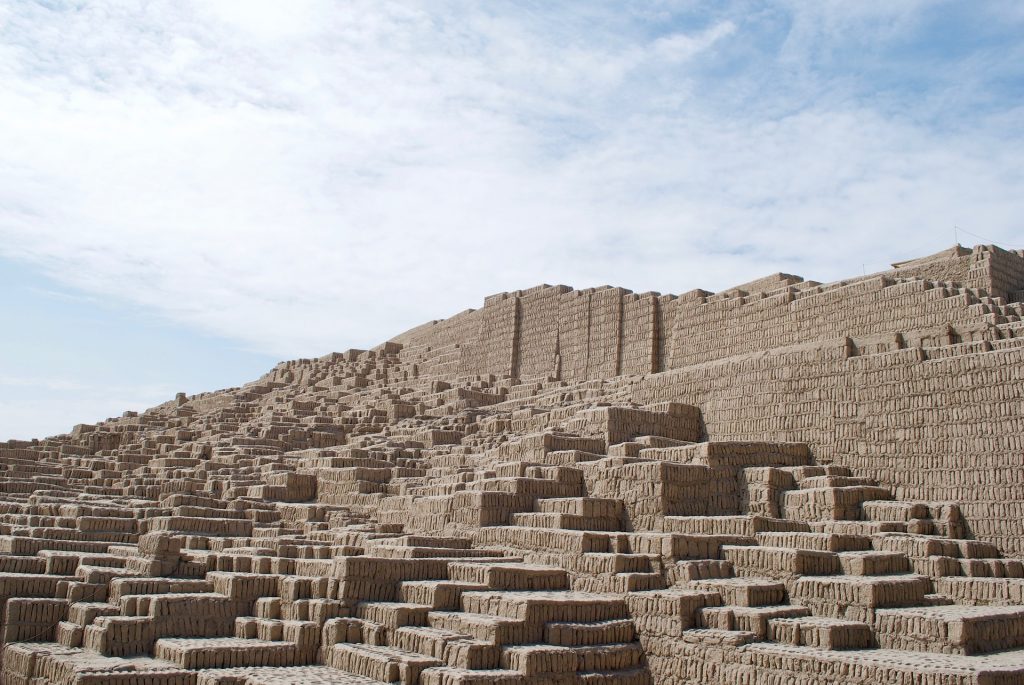
Health hazards
There are no required vaccinations in order to enter Peru. Although none are required there are several that are strongly recommended. It is vital to vaccinate against yellow fever which is present in Peru. There are several other vaccines that are recommended. Among these are the routine vaccines aka MMR vaccines, hepatitis A and B, typhoid and rabies vaccine. Malaria and Zika virus is present in the country. There are no approved vaccines against either. There is however medicine on prescription against malaria which should be available to anyone after consulting their general practitioner. Pregnant women are advised to reconsider travel or exercise increased protection measures against mosquito bites. Healthcare system in Peru operates on a high standard. Both the public sector and private sector provide a high quality of service and are capable of dealing with emergencies making medical evacuations unnecessary.
In case of an emergency dial 117.
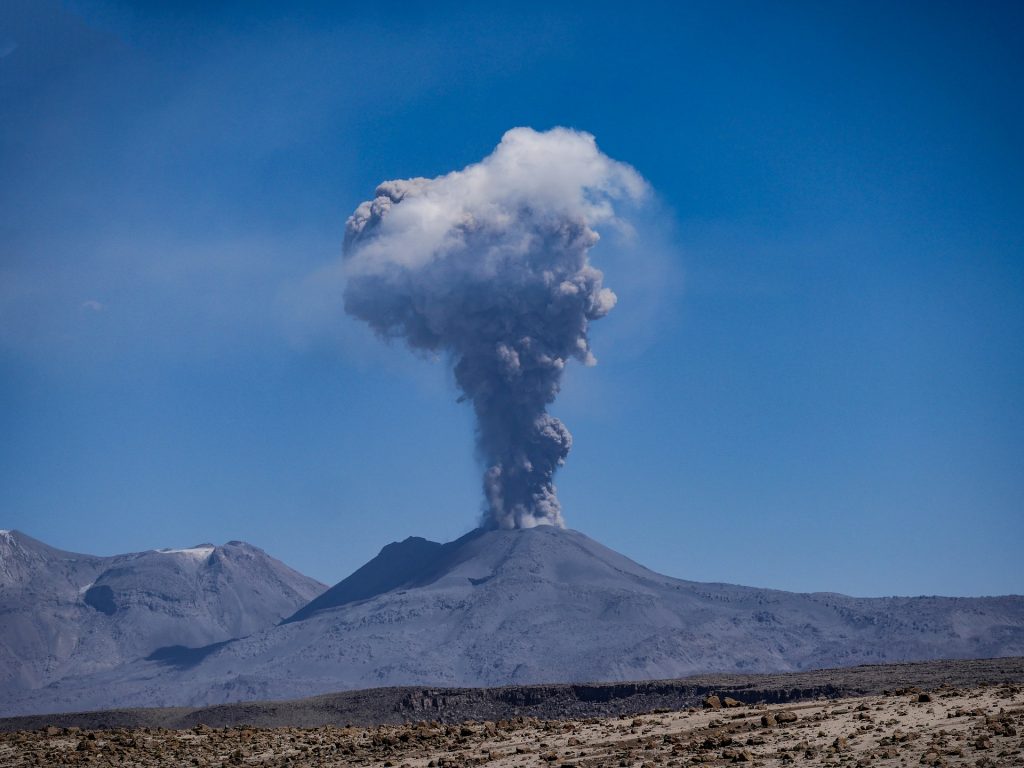
Crime
Crime is a major problem in Peru. Most urban centers suffer from everyday thefts, armed robberies, break-ins into cars and pickpocketing. Major crime such as assault or murder is also a large part of the problem however tourists are less prone to violent crime. There are several steps to reduce the chance of becoming a victim of crime. It is advised not to wander around at night. If deciding to explore the nightlife of Peru it is best to stick to popular tourist spots that are crowded at night. The darker it gets the more dangerous it is. Exposing wealth by wearing flashy jewelry or not being discreet with money highly increases becoming a target of often armed robbers who follow their victims to secluded places. Wearing money belts highly decreases the chances of being pickpocketed and it a good way of keeping money out of sight. It is advised to use only registered taxis and to avoid public transportation as it is notoriously reported for petty and violent crime. Peruvian laws state that possession of small amounts of drugs for personal use is not punishable, these include 2 grams of cocaine, 8 grams of marijuana or 250 milligrams of ecstasy. However, quantities exceeding these amounts or selling any amount is punishable.
(Possession amounts in sources)
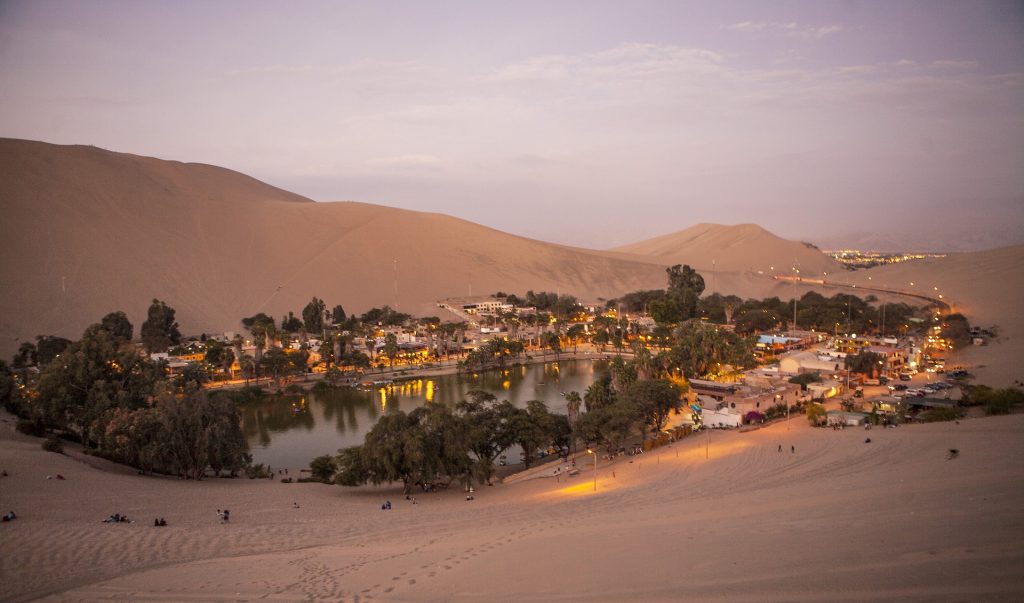
Summary
Peru is certainly one of its kind. Temples and cities left behind by its former empire make it a popular spot. The unique regional food and culture contribute to the image of what Peru was before Columbian times. Remember that planning your trip with Travset.com will give you the quickest information about nearest emergency services and will also help you purchase indispensable travel insurance for the trip of your lifetime. Please feel free to comment and share the experiences of your travels with Travset.com.
Sources
(Visa)
http://limaeasy.com/peru-info/peruvian-visa#tourist-visa-peru-needed
(Vaccinations)
https://wwwnc.cdc.gov/travel/destinations/traveler/none/peru
(Drug possession laws)
https://howtoperu.com/drugs-in-peru-laws-of-possession/



